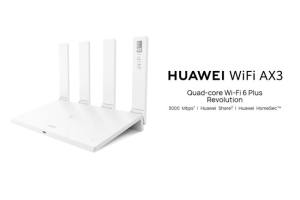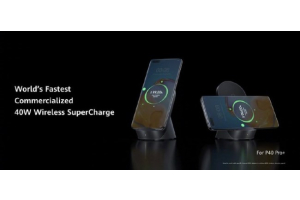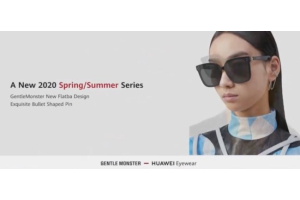More Powerful Than P30? HUAWEI P40 Conjecture, The Strongest Mobile Photography
The photography effect of mobile phones surpasses SLR cameras, and domestic mobile phones surpass Samsung Apple. Although these two dreams have not yet achieved complete success, no one dares to underestimate domestic mobile phones and the speed of progress of the industrial chain.
From the P20 Pro to the P30 Pro, Mate 30 Pro, and Mate 30 Pro 5G, they have occupied the top of the DxOMark rankings. Huawei has always led the way in professional quality, wisdom, and ease of use, surpassing all competitors of similar products.
According to previous practice, HUAWEI may release the P40 series in the first half of 2020.We can analyze how the P40 series will unveil the future of moving images from two aspects: optical components and computational photography.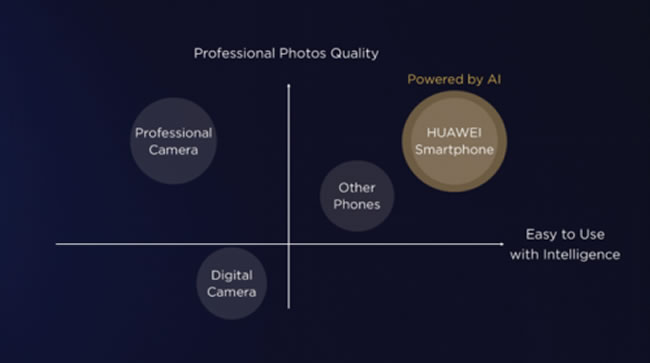
Optical components
SLR camera have hardware advantages that mobile phones cannot surpass: full-frame and even medium-frame sensors, excellent imaging quality and post-space, as well as high-power zoom and background blur brought by many lens groups. In general, the sensor frame and the focal length of the lens are positively related to the volume. The SLR camera has all the advantages, and all components only serve for imaging.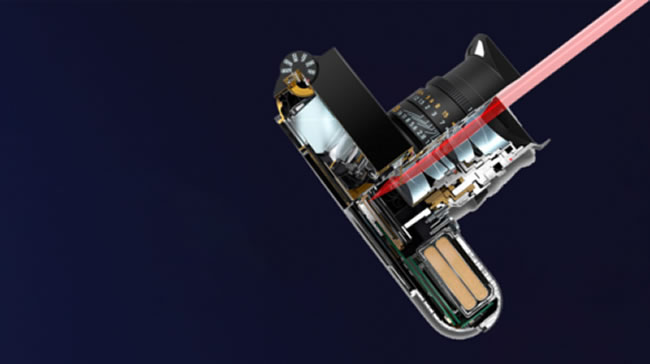
Mobile phones are not only cameras that can make calls, but also need to meet the needs of office and entertainment. In addition, in order to be thin and light, the thickness of the lens module of the mobile phone cannot be too high, and the area of the main board cannot be too large.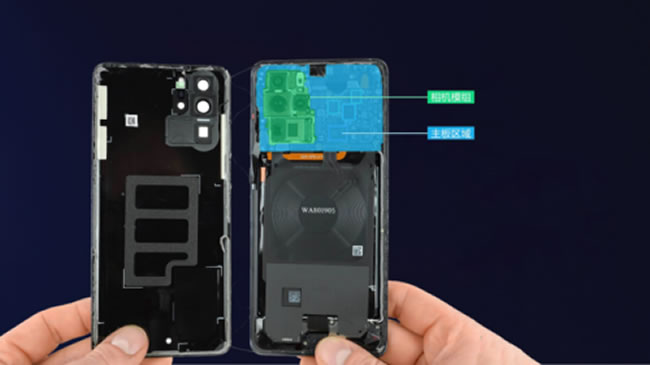
Starting from the P20 Pro, Huawei P series launched a complete set of innovative solutions, including Quad Bayer sensors, RYYB color filter arrays, folding cameras, and multiple lens combinations. There is no doubt that the P40 will also follow this technological path.
(1) Quad Bayer sensor
Two years ago, the HUAWEI P20 Pro attracted a lot of attention with its 1 / 1.7-inch photosensitive area. Even more ingenious is the Quad Bayer pixel arrangement, which can reach an ultra-high resolution of 40 million pixels when the light is sufficient.In dark light, four adjacent pixels of the same color can be combined into one super pixel. Therefore, HUAWEI P series was the first to solve the long-standing problem that “high pixels and large photosensitive area” cannot exist at the same time.
Large photosensitive area and high pixels are very popular in the mobile phone industry, even reaching a record 1 / 1.33 inches and 100 million pixels.HUAWEI has also lowered the 1 / 1.7-inch sensor to the nova 6 series. As the leader of the Quad Bayer sensor, will the HUAWEI P40 continue to improve the photosensitive area and pixels?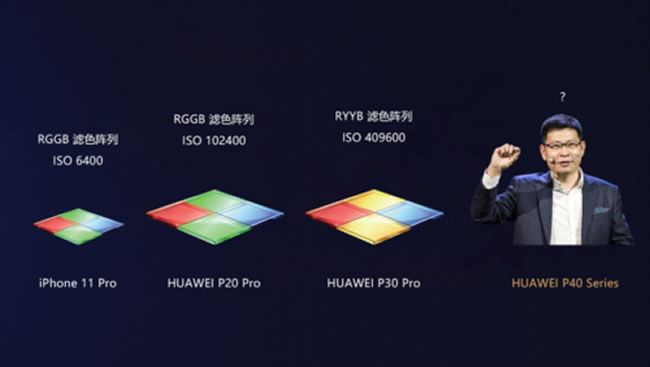
(2) RYYB color filter array
The relatively limited volume inside the mobile phone determines the upper limit of the photosensitive area, and its upgrade potential must be inferior to the SLR camera. Therefore, how to continue to increase the sensitivity is a problem that needs to be solved, and the secret to solving this problem is to improve the Photosensitivity of each pixel.
Huawei P series introduced yellow pixels, improved the RGGB color filter array to the RYYB color filter array, and increased the sensitivity from ISO102400 to ISO409600, greatly surpassing ordinary SLR. The RYYB color filter array is still Huawei's exclusive solution. Will the P40 continue or improve this arrangement, and how will it refresh the sensitivity?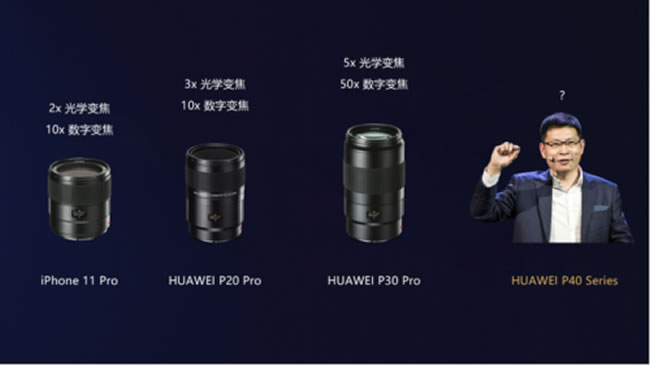
(3) Folding lens
The longer the lens, the greater the zoom magnification, but the thinness of the phone limits the length of the lens. Therefore, in order to achieve 5x optical zoom, the P30 Pro skillfully lays the vertical lens flat, refracts light through a triangular prism, and extends the light path inside the phone.
The Huawei P series is leading the trend of high-power zoom, and a large number of sales have paved the way for the popularity of the periscope structure. According to the upgrade practice since the release of the P20 Pro, each generation of new products is increased by 3x and 5x zoom factors. Are 5x optical zoom and 50x digital zoom the limits of zoom? Is it possible for the P40 to break through this limit?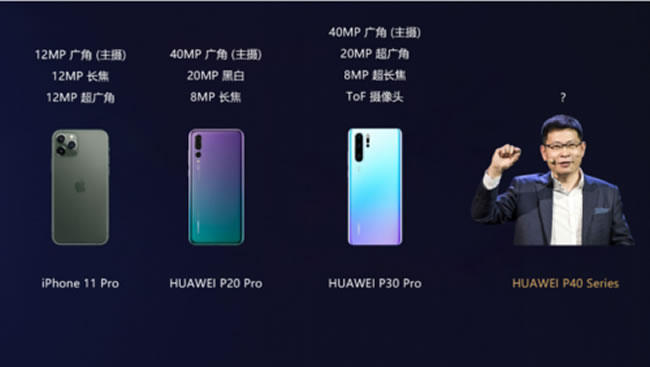
(4) Lens combination
Don't want a more comprehensive lens with a more efficient sensor?
The Huawei P series has achieved a super wide-angle-wide-angle and ultra-telephoto full-focus segment layout. There is no need to change lenses like SLRs, and it has a TOF camera to record depth of field and simulate background blur. Is it possible for the P40 to add another camera to do things that SLRs cannot do?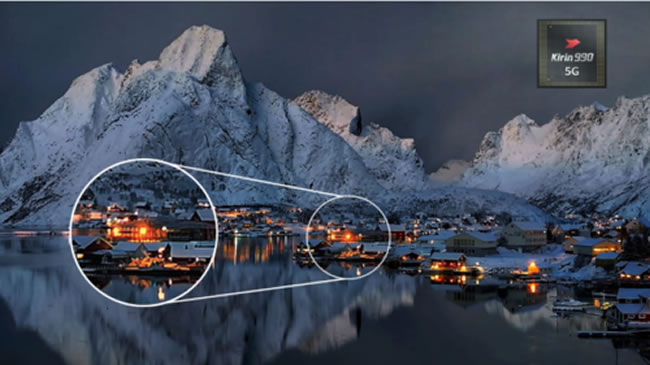
Computational photography
If the optical component is a talent, then the later processing hardware and image algorithms represent continuous efforts. Mobile phones are most likely to make up for innate qualifications to surpass SLRs with computational photography. In addition, as a category with less demand, digital cameras are far less than smart phones in terms of market sales and product iteration speed.
According to CIPA statistics, digital camera sales in 2018 were less than 19 million units, only 5% of smartphone sales in the same period. This means that it is difficult for SLR cameras to obtain the benefits of IC design and process improvement from the semiconductor industry in timely, and it is also difficult to obtain the benefits of algorithm improvement from the software industry.
(1) Multi-frame fusion supporting AIS anti-shake
Compared to a single static picture, multi-frame fusion is to synthesize multiple pictures to obtain better latitude and detail quality. However, the weight of a SLR camera is not suitable for long-term holding, so it often needs to be used with a tripod.
According to previous practice, Huawei P40 will be equipped with Kirin 990 5G chip, integrating the latest DaVinci architecture NPU and fifth-generation ISP. Using AI capabilities to identify objects and edges, filter and correct image shifts and blurs caused by hand shake, which can make computational photography better.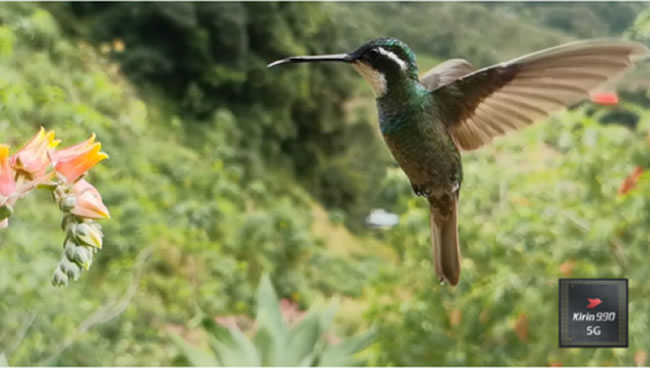
(2) Video shooting with super high frame
When it comes to dynamic video, to meet the computational requirements of high resolution and high frame rate, especially when the frame rate per second reaches hundreds or even thousands of fps, it enters the professional field of ultra-high-speed cameras. At this time, the SLR camera can’t take the shooting task.
The Huawei Mate 30 Pro fully demonstrated the ultra-high-speed data reading, writing, and transmission capabilities of the light sensor, the ISP's ability to handle massive data, and the NPU's ability to perform AI motion estimation, motion compensation, and frame interpolation.
Will HUAWEI P40 apply ultra-high-speed photography technology? Let us wait and see.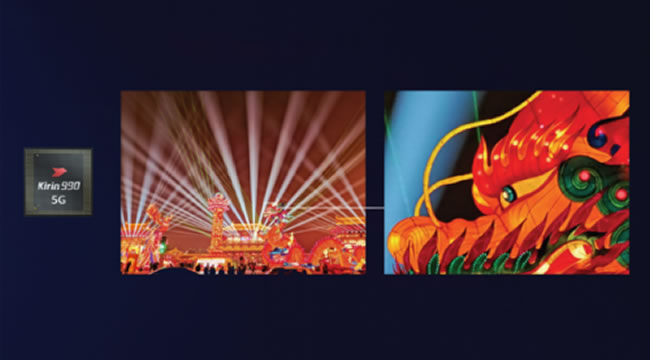
(3) Super-resolution algorithm to achieve super zoom
The common idea of pulling a distant scene closer is to zoom in the optical zoom magnification through a periscope lens, or digital zoom through ultra-high pixel cropping. With innovative computational photography solutions can achieve smoother, higher-definition telephoto effects.
The Huawei P series combines several RAW frames captured by the periscope lens into one high-resolution frame to achieve high magnification. As the only Huawei phone equipped with a periscope lens, can the P series achieve greater success in the zoom experience?
Without the constraints of previous hardware and concepts, mobile photography opens up a whole new level of imagery. It has the advantages of portability and ease of operation that SLR does not have, as well as a more imaginative full-focus lens combination, coupled with powerful computing power can bring ultra-clear details, ultra-high frame rate, and wide dynamic range. It will be interesting to see how the P40 series will become the leader of the 2020 annual image flagship.
